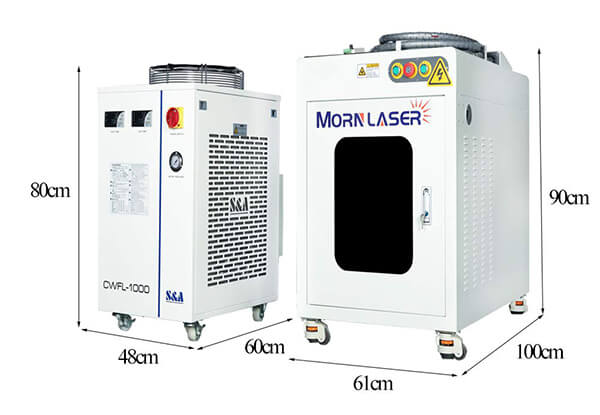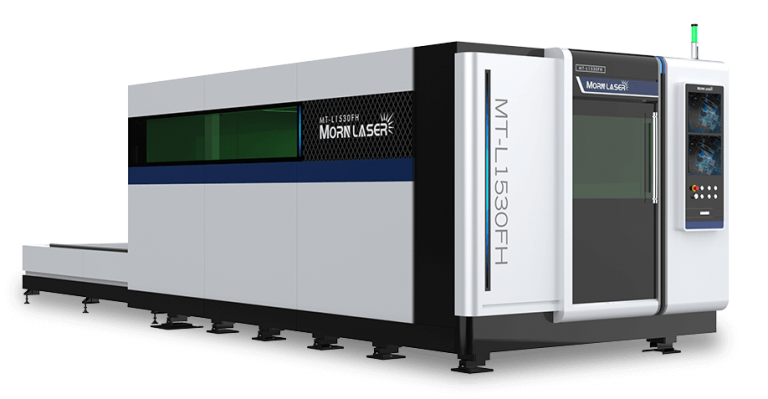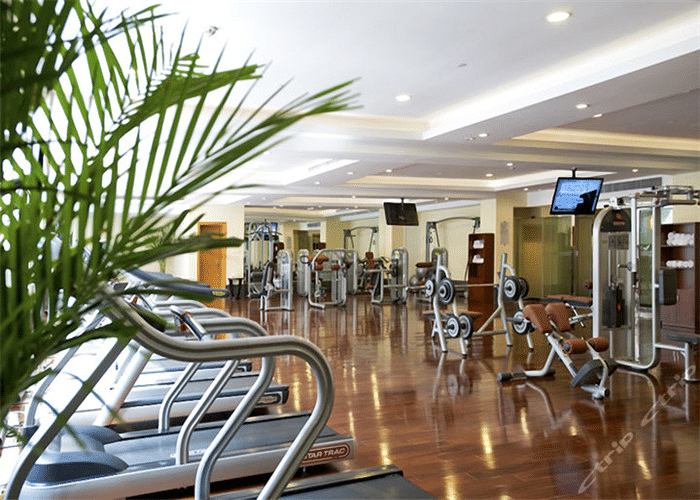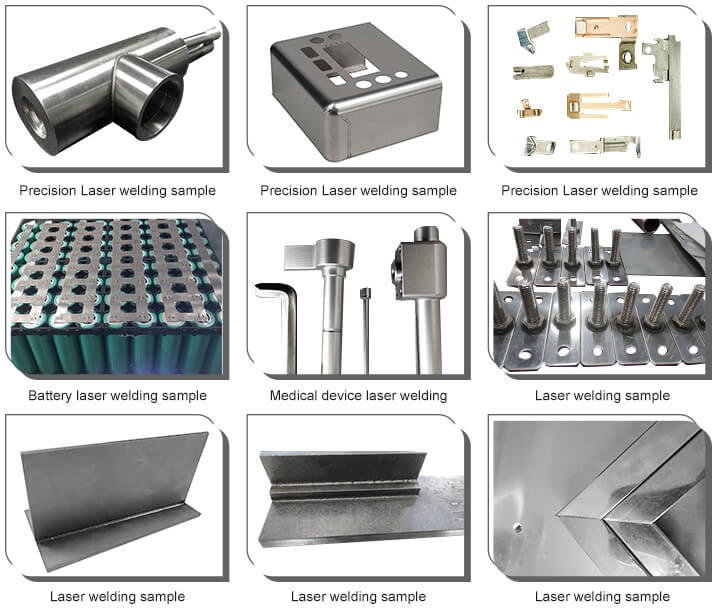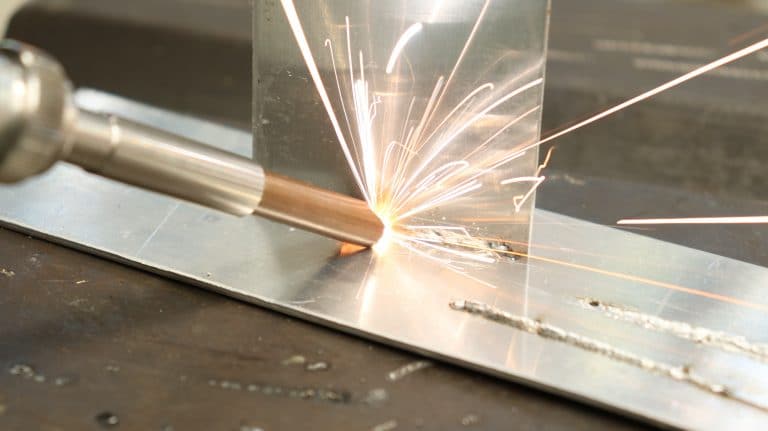Table of Contents
Advantages of Fiber Laser Welding Compared to YAG Welding
Compared with traditional welding technology, fiber laser welding has unparalleled superiority in welding accuracy, efficiency, reliability, automation and other aspects.
MORN 1000W handheld fiber laser welding machine for stainless steel:
MORN automatic fiber laser welding machine for precision welding:
The working principle of laser source
YAG lasers and fiber lasers are both solid-state lasers. The most basic composition of a laser is an optical resonant cavity composed of two parallel lenses. If there is no light absorption between the lenses, the light will always oscillate between the lenses along the optical axis. The lens placed between the lenses can pass through. Stimulating radiation is an active medium that amplifies light oscillations.
· Fiber laser welding
Fiber lasers are optical waveguide lasers, which use rare-earth element (Nd, Yb or Er)-doped fiber as the working material and diode laser as the pump source. It can operate in pulses and continuously, and its light guiding principle is the total internal reflection mechanism of light. Under the action of the pump light, high power density is easily formed in the fiber, causing the laser energy level of the laser working substance to “populate number inversion”. When a positive feedback loop (forming a resonant cavity) is properly added, the laser oscillation output can be formed.
· YAG laser welding
YAG laser source uses garnet crystal doped with neodymium or yttrium metal ions as the laser active medium, and emits laser light mainly through optical pumping. The YAG laser source is pumped with a flash lamp, and usually emits light with a wavelength of 1064 nm. The optical design of its laser is relatively simple. Its heart is the power source for driving and controlling the flash lamp voltage, and allows the use of internal optical feedback to precisely control the peak power and pulse width during the laser pulse.
Application
The fiber laser welding machine is suitable for welding materials above 0.5mm, it emits light continuously and the welding speed is fast. While the YAG welding machine is suitable for welding thin materials of 0.1mm-0.5mm, it is generally used for spot welding, the size of the welding spot is different.
The unique characteristics of fiber laser welding are its “focusability” and its range of range of beam qualities, which can be tuned for each welding application.
Detailed comparison
Beam quality: Fiber is better than YAG
There is an internal temperature gradient during the working process of the YAG welding machine, which limits the further improvement of laser average power and beam quality. In addition, because the refractive index change rate of the fiber laser welding is much smaller than that of the semiconductor, so the beam quality of the optical fiber is better.
· Photoelectric conversion rate: Fiber is better than YAG
The photoelectric conversion rate of fiber laser is generally about 25%-30%, which greatly saves power consumption during work and saves operating costs. While the photoelectric conversion rate of YAG laser is generally 2%-3%, and the power consumption is very large.
· Intelligent type and maintenance cost: Fiber is better than YAG
Because there is no optical lens in the resonant cavity of fiber laser, it has the advantages of adjustment-free, maintenance-free, and high stability, which is unmatched by traditional YAG laser source.
· Power consumption and work efficiency: Fiber is better than YAG
The fiber laser consumes only 1% of the power required by the YAG laser, and its efficiency is more than twice that of the YAG laser.
· Service life: Fiber is better than YAG
Fiber laser source life: more than 100,000 hours.
YAG laser source life: about 15,000 hours.

